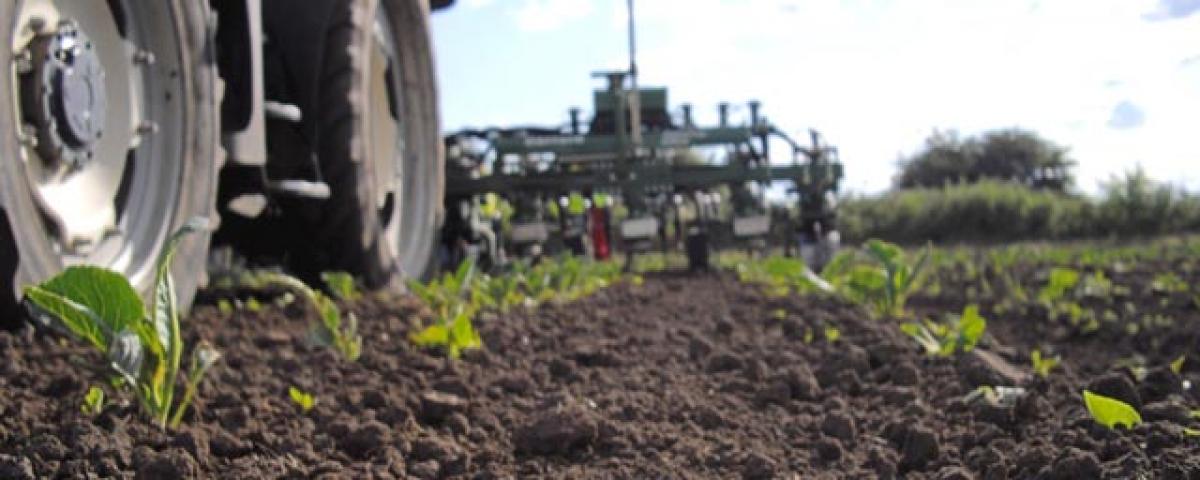Live
- SBI rescues sr citizen from `46L cyber fraud
- 12-yr-old dies of electrocution
- Installation of smart meters opposed
- State Cabinet expansion in focus as CM leaves for Delhi
- Need to reintroduce country’s forgotten pride: Bhagwat
- Pant shatters Iyer's IPL auction record, sold to Super Giants for Rs 27 cr
- Yuva Sangeetha Sammelanam held
- Dharani proves a bane for 25K families across State
- Reckless, Dangerous Arms Race
- Russia needs a peace deal as it is running out of soldiers
Just In
Organic options to fight weeds with chemical-free weapons


To grow crops organically, farmers fight weeds with chemical-free weapons. One of the most common is a disk. Farmers rip out weeds and churn them into the soil with these disks. But it takes heavy tractors to do this efficiently, and large tractor tires compress the soil as they roll across the field.
To grow crops organically, farmers fight weeds with chemical-free weapons. One of the most common is a disk. Farmers rip out weeds and churn them into the soil with these disks. But it takes heavy tractors to do this efficiently, and large tractor tires compress the soil as they roll across the field.
The process also depletes soil organic carbon, which plants depend on for nutrients, moisture, and healthy bacteria. And after a field is turned, heavy rains and wind can erode the exposed soil University of Missouri soil scientist Kerry Clark and a team including researchers from the USDA Agricultural Research Service are working to get the best of both worlds.
Can organic growers fight weeds and increase soil health? Researchers know cover crops provide part of the answer. Cover crops anchor the soil with their roots. Some even add nutrients to the soil. That would take care of the soil health concern. But the question of weeds remains.
Clark and her team experimented with three methods. One method used cover crops instead of disks to suppress weeds. They compared this method to two other organic options: using cover crops but turning them under, and the standard disk use without a cover crop.
Matting cover crops is key to the first method. Instead of turning the cover crop under, it is flattened with a roller crimper. This is a long rolling wheel attached to a tractor. The flattened cover crop creates a matted barrier over the soil. Afterwards, researchers plant cash crop seed into the mat, often using disks to cut through it. If the cover crop was healthy and abundant, the mat will be thick enough to choke out weeds.

© 2024 Hyderabad Media House Limited/The Hans India. All rights reserved. Powered by hocalwire.com






